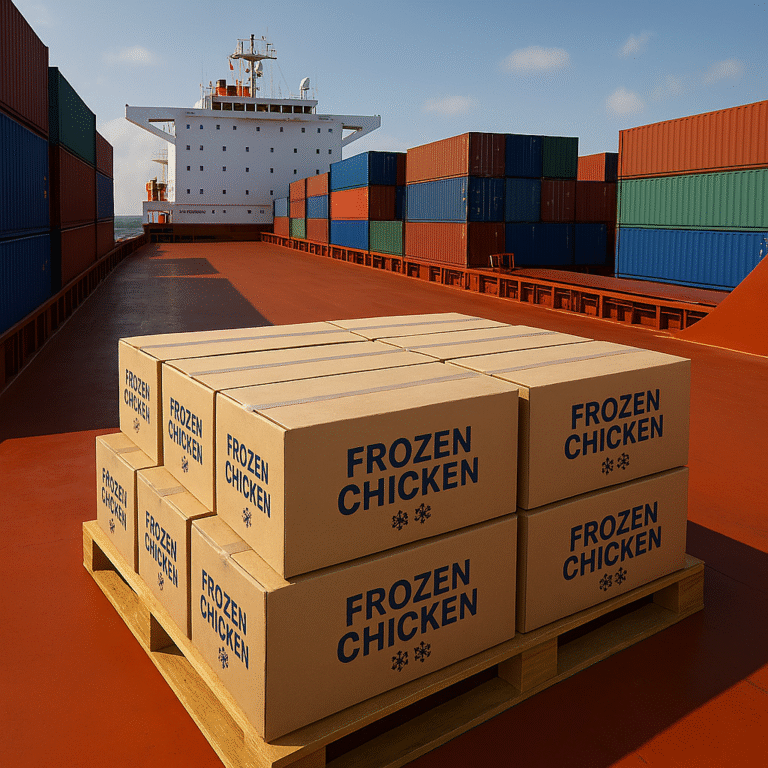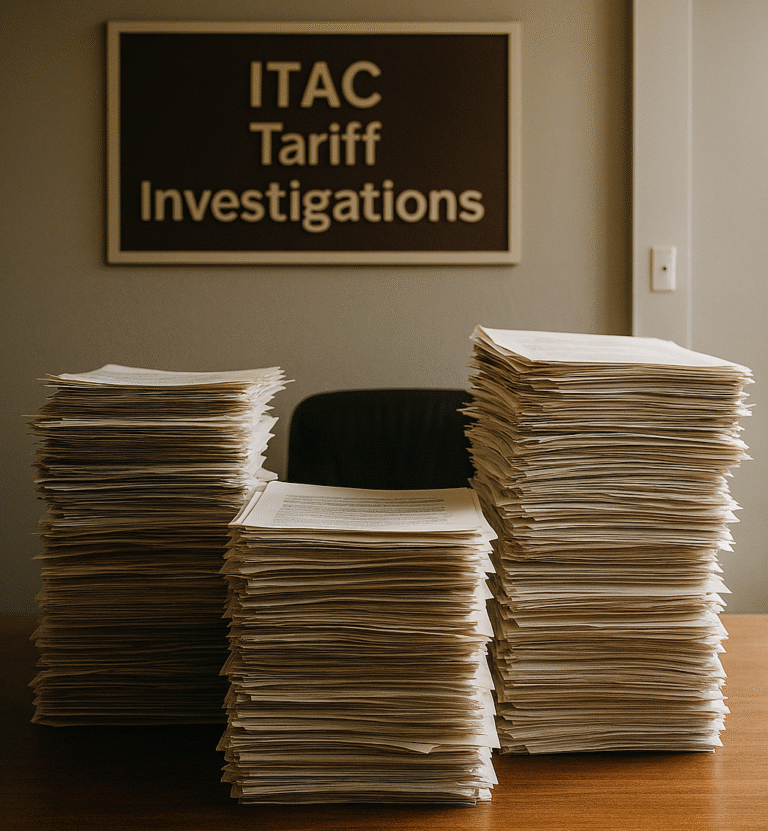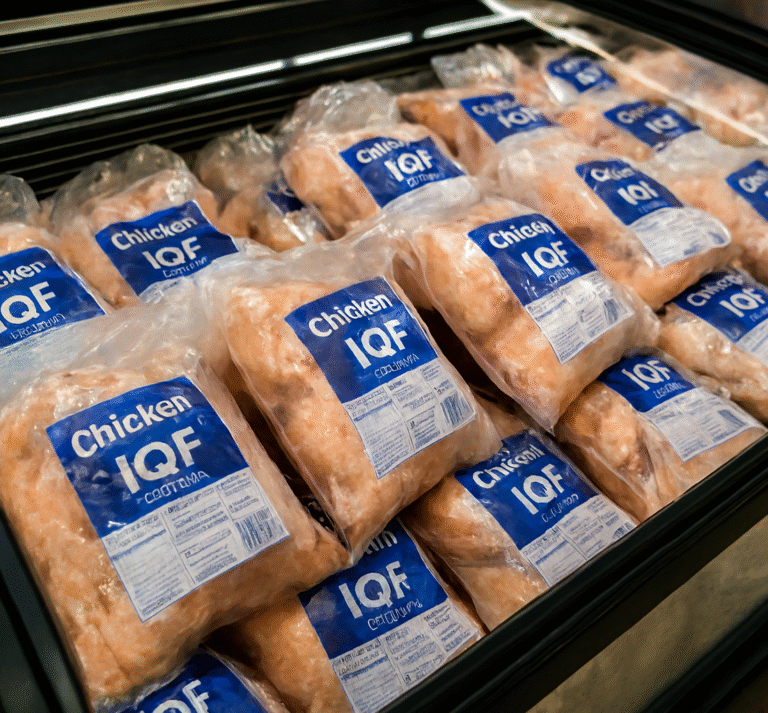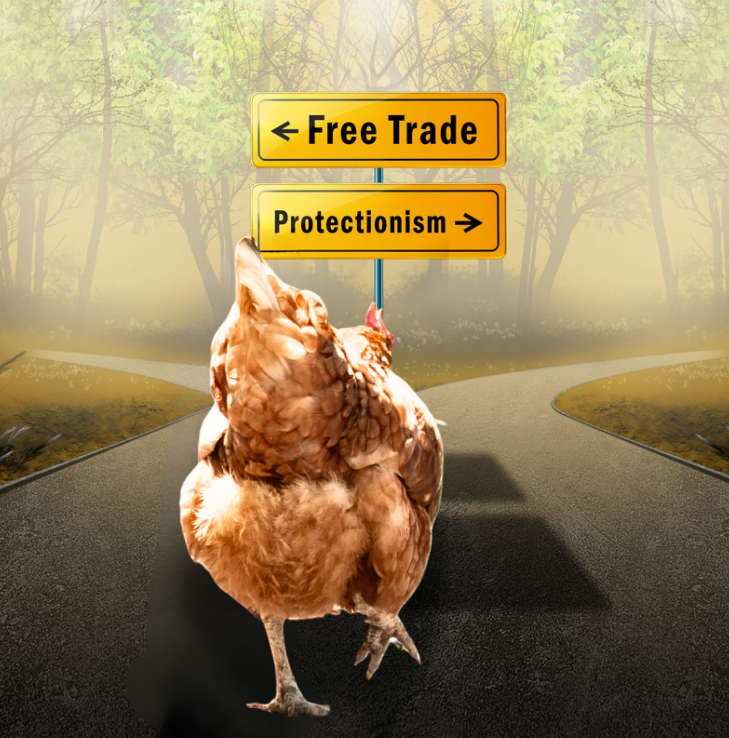At a time when global food security and trade resilience are facing mounting challenges, the Brazilian Association of Animal Protein (ABPA) has issued a powerful critique of current sanitary trade restrictions related to Highly Pathogenic Avian Influenza (HPAI).
Authored by Ricardo Santin, President of ABPA, the article questions the scientific validity and economic logic behind the continued imposition of trade barriers on inspected poultry meat.
Santin’s central argument is a call for proportionality and evidence-based regulation.
While recognising the seriousness of HPAI as a zoonotic (transmissible between animals and humans) and economically disruptive disease, the article emphasises that the primary transmission route is through live birds via respiratory secretions or faeces, rather than through frozen, inspected poultry meat intended for human consumption.
Scientific Evidence Versus Policy Inertia
Santin draws on authoritative sources including the World Organisation for Animal Health (WOAH/OIE), the Food and Agriculture Organization (FAO), the World Health Organization (WHO), the Centres for Disease Control and Prevention (CDC), and the United States Food and Drug Administration (FDA).
These organisations consistently affirm the following:
- H5N1 may remain viable in raw frozen meat for over 60 days at -18°C.
- Cooking at temperatures of 74°C or higher completely inactivates the virus.
- Proper ante-mortem and post-mortem veterinary inspection is essential.
- Industrial processing under controlled conditions ensures safety.
These measures make the risk of transmission to humans or industrial poultry flocks virtually zero.
Furthermore, importing countries that maintain strict biosecurity protocols, such as isolated farms, thermally treated feed, and controlled waste disposal, face an epidemiological risk that is negligible when importing such products.
Misapplication of the Precautionary Principle
The article critiques the indiscriminate application of the precautionary principle.
Santin argues that it has evolved from a legitimate public health safeguard into a disproportionate trade barrier. He highlights several consequences:
- These restrictions do not meaningfully reduce sanitary risk.
- They impose economic penalties on exporting countries.
- They contribute to rising food prices in importing nations.
- They disproportionately affect low-income populations who rely on affordable, high-quality protein.
This disconnect between scientific evidence and trade policy is especially stark when compared with the free movement of migratory birds, which are natural vectors of HPAI across borders.
Santin refers to this as the “paradox of migratory birds”, pointing out the inconsistency of banning inspected poultry meat while ignoring the uncontrollable spread of the virus via wildlife.
A Call for Regulatory Reform
Santin states that with proper production, slaughter, and processing, poultry products are safe for industrial flocks abroad if not used as animal feed or given to live birds.
The risk of HPAI transmission through this route is practically negligible and technically null.
He advocates for a shift in regulatory thinking that is grounded in real risk, scientific evidence, and proportionality.
This includes revisiting outdated trade policies and adopting zoning protocols recommended by WOAH, which allow for safe trade from unaffected regions within countries experiencing outbreaks.
“More than a technical conclusion, the intention is to spark a reflection: to what extent does it make sense to maintain disproportionate trade barriers in light of scientific evidence?”
“What matters is that we can stimulate discussion and seek more balanced approaches for trade stability and for global food security,” Santin concludes.
The prevalence of animal diseases is expected to rise. Now is the time to adapt towards more agile and proactive measures to safeguard biosecurity and minimise value-chain disruptions while maintaining food safety as a global priority.
Read ABPA’s article: Transmission of the H5N1 Virus via Imported Meat: A Critical Analysis of Sanitary Risk and Global Economic Implications




